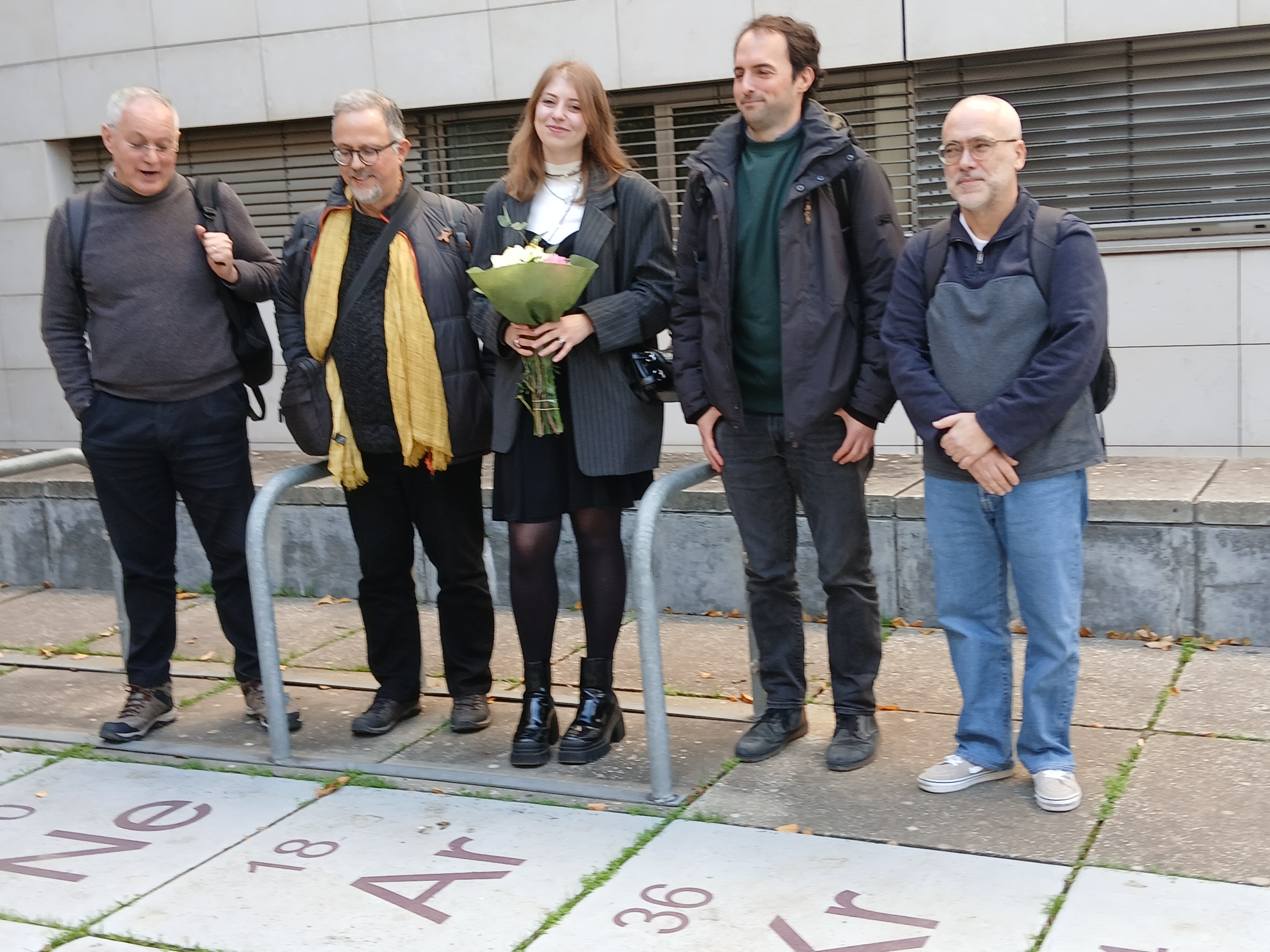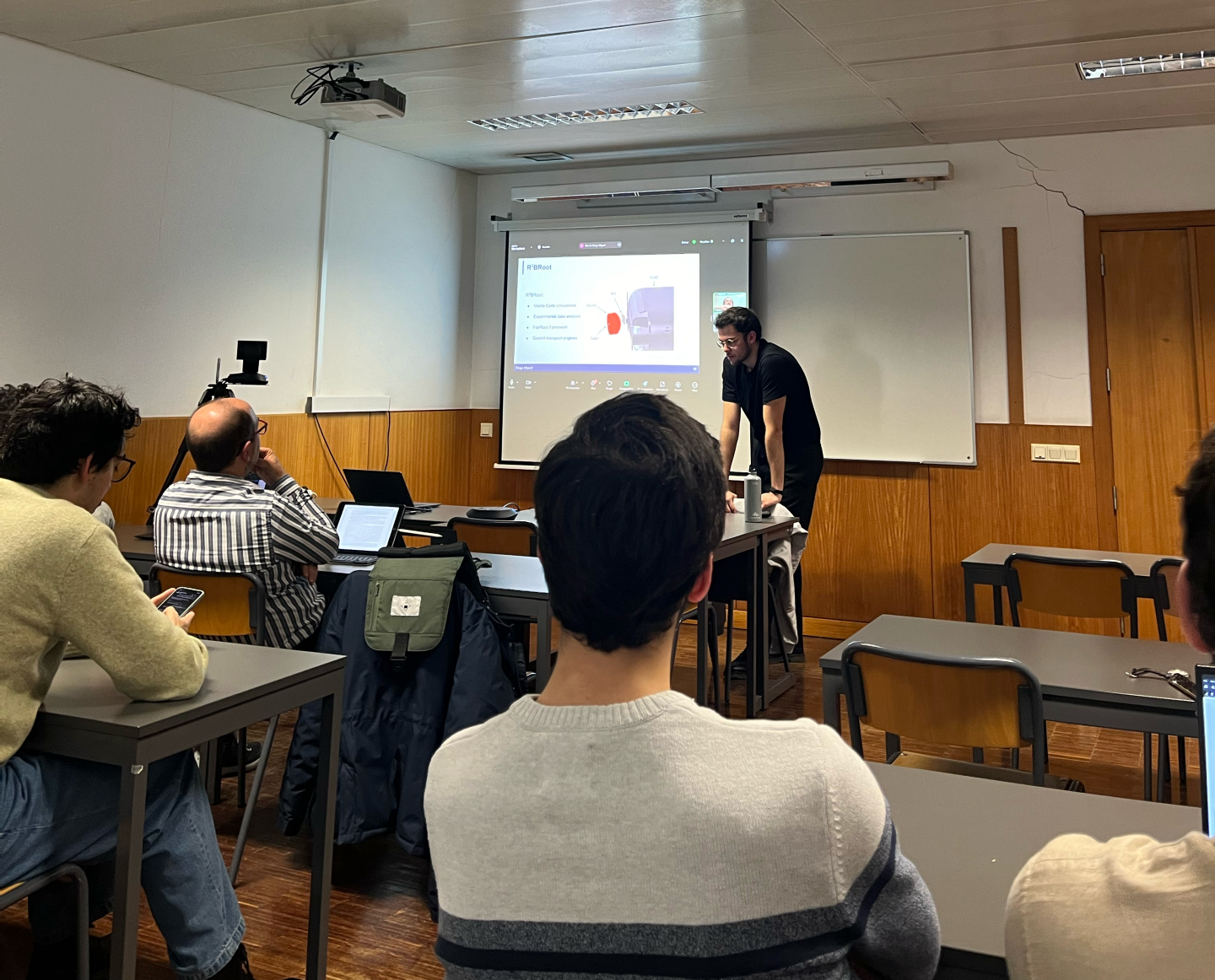Master's Thesis Defenses
"Joana Vences, Bianca Alves, and Diogo Miguel successfully defended their master’s theses, developed as part of research conducted at LIP. Congratulations to the new Masters! "
At the end of December, three students who carried out their research at LIP successfully defended their master’s theses in Physics and Engineering.
Joana Vences, a student in the Master’s program in Physics at the Faculty of Sciences of the University of Lisbon (FCUL), presented her dissertation on “Development of new methods for the calibration of large cryogenic neutrino detectors using high-intensity lasers” on December 27. The work, conducted as part of the LIP Neutrino Physics group’s participation in the DUNE experiment, was supervised by José Maneira (LIP) and Cristóvão Vilela (LIP). The jury included Francisco Neves (main opponent), Francisco Lobo (chair), and the supervisors.
.jpg)

Bianca Alves, a student in the Master’s program in Biomedical and Biophysical Engineering at FCUL and a member of the RADART group at LIP, developed her thesis entitled “Biophysical modeling and simulation of multifunctional B/Fe nanoplatforms for proton therapy”. Supervised by Jorge Sampaio (LIP) and Ana Belchior (C2TN), her defense took place on December 19, with a jury chaired by Brígida Ferreira (IBEB) and Daniel Galaviz (LIP) as the main opponent. Bianca achieved an outstanding final grade of 19 out of 20.
.png)
Diogo Miguel, a Master’s student in Physical Engineering at FCUL and a member of the NUC-RIA group at LIP, also defended his thesis on December 19. His dissertation, titled “Design and benchmark of an innovative concept to measure light charged particles in the R3B/FAIR using RPCs”, was conducted in collaboration with the GSI Helmholtz Centre for Heavy Ion Research (Darmstadt, Germany). The work was supervised by Daniel Galaviz (LIP/FCUL) and assessed by a jury chaired by Manuel Abreu (FCUL), with researcher Héctor Álvarez Pol (IGFAE/USC, Spain) serving as the main opponent. The thesis explored the use of Resistive Plate Chambers (RPCs) to improve the detection of charged particles in the R3B experiment at the FAIR facility. Using frameworks such as R3BROOT and GEANT4, the work integrated simulated calorimeters and electronics.

Congratulations to Joana, Bianca, and Diogo, on the excellent work!
